Take A Tour Of An Abandoned Underground Cold War Missile Base
From the surface, the base look unassuming. But much lies below these launch doors.

Over 600,000 cubic yards of earth were removed in the facility's construction, and "32,000 cubic yards of concrete, 300 tons of piping, 90 miles of cables and 1,800 separate supply items" were used for each complex, according to the US Air Force.
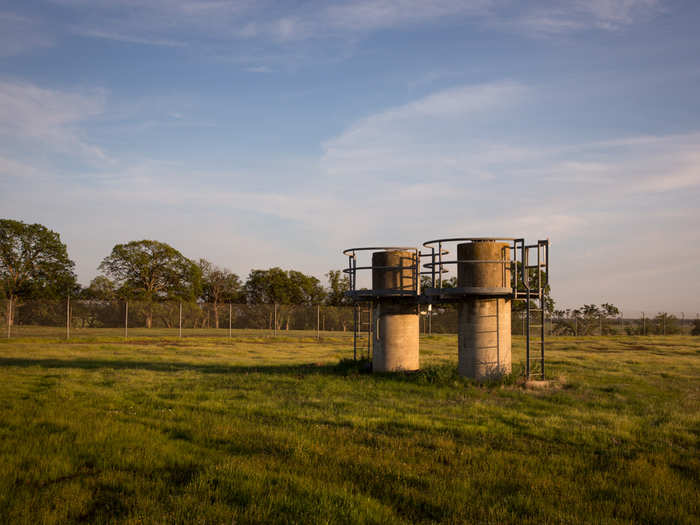
Once underground, there's an intricate system of tunnels which connect three missiles silos to each other, as well as to other areas of the base.
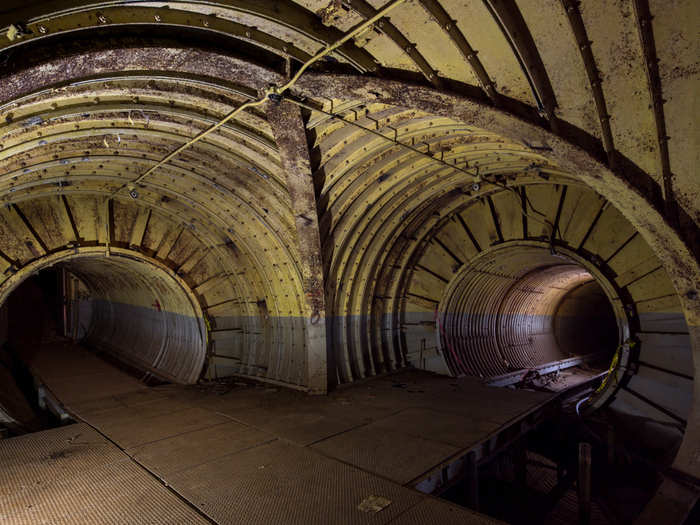
The bases cost a total of $40 million and were activated in April 1961. With inflation, the complexes would cost more than $307 million today.
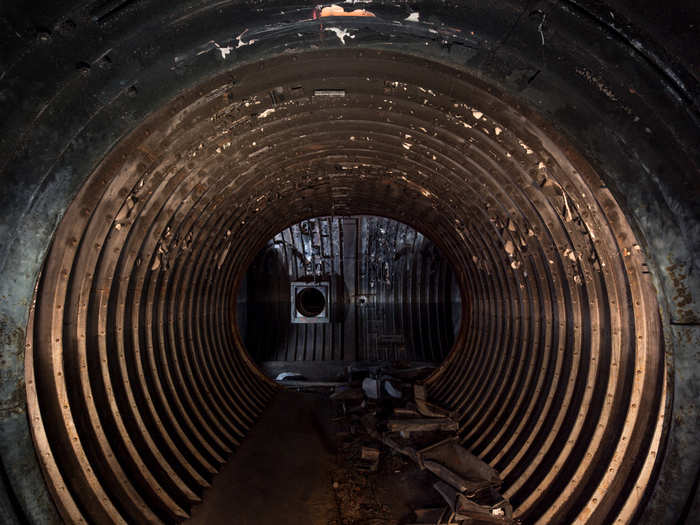
The Titan missile program was developed during the Cold War as a deterrent against a Soviet nuclear strike.
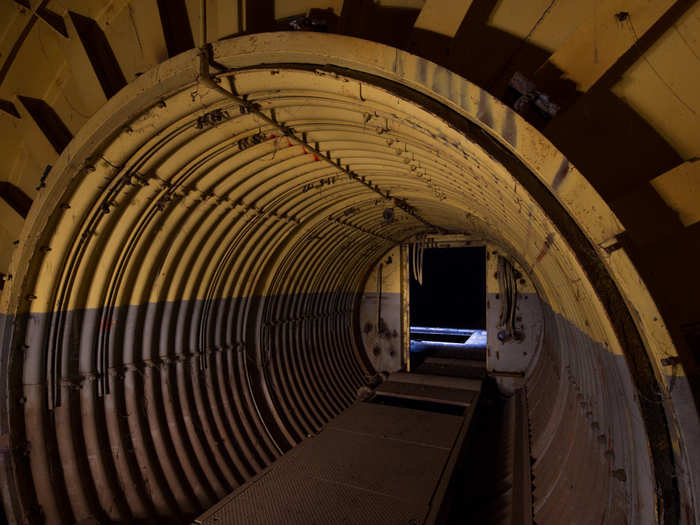
The Titan I was one of the most advanced missiles of its day. Aside from its military purpose, the rocket's development produced technological advances were crucial to the US space program.
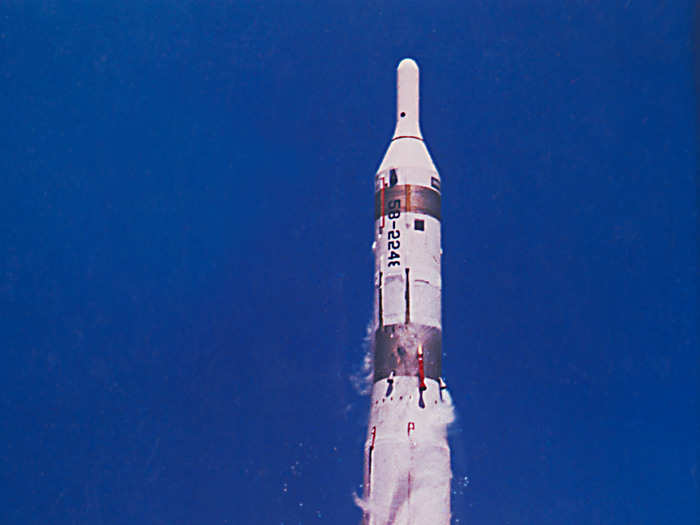
There were many ICBM bases all over the country, and they remained on active alert throughout the last three decades of the Cold War. For the Titan I specifically, there were six bases located throughout the western US. They had three missiles each, which could be launched from a control room like this.
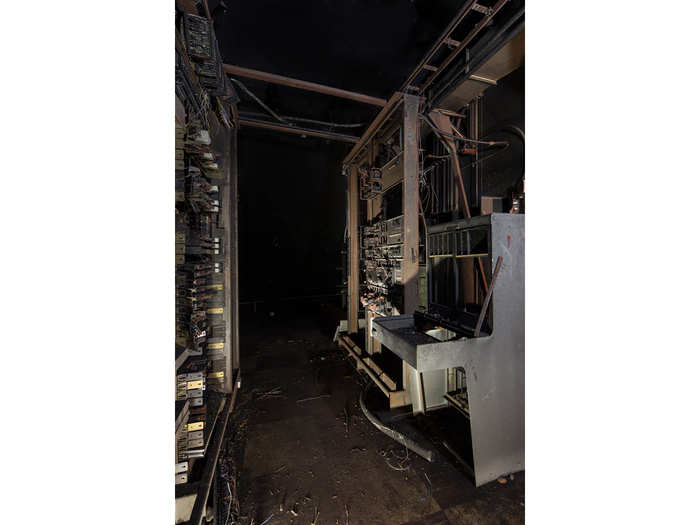
The Titan I was over 100 feet tall and weighed about 115 tons. Titan-I's were the first rockets to be launched from 165-feet deep underground silos such as this one. They didn't come cheap: It cost $1.5 million (nearly $12 million today) to launch a single missile.
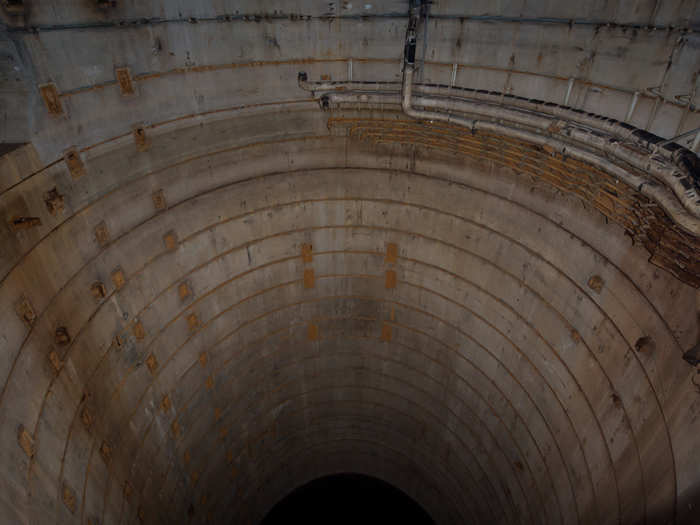
Here are the blast doors which would be closed prior to ignition of a missile. Much of the early testing for these rockets was unsuccessful, and failed launches would cause substantial damage to the silos and base complexes.
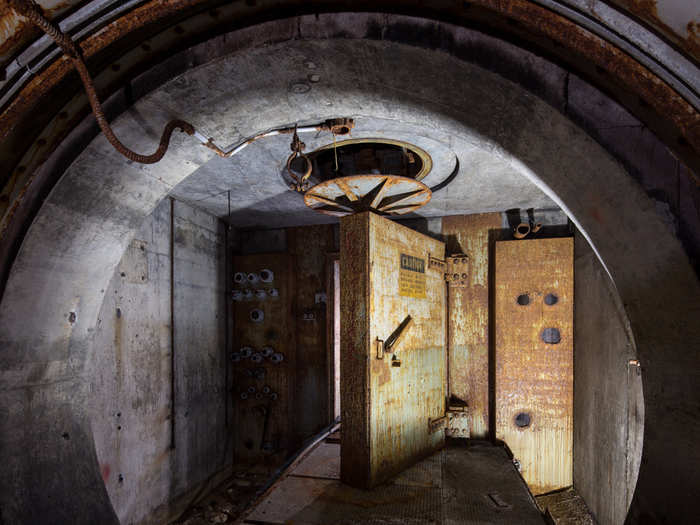
The complex at Beale Air Force Base suffered one such catastrophe in 1962, when a malfunctioning vent and valve caused the missile to explode inside Silo No. 1.
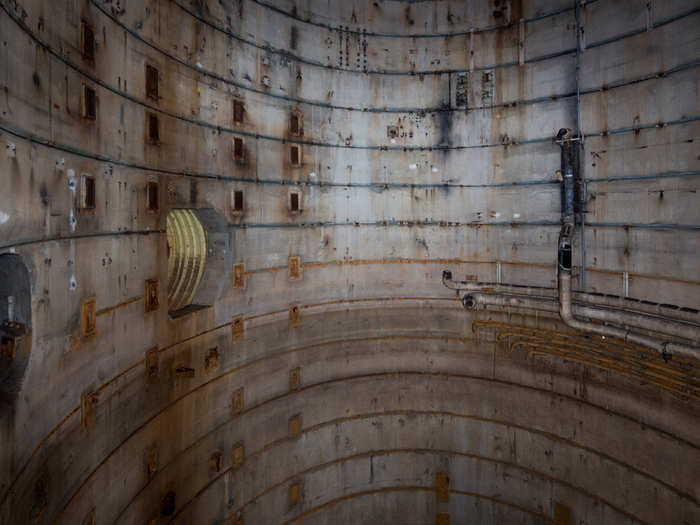
Personnel noticed dark black smoke and scrambled for the escape hatches, seen here. Outside, they watched as the blast doors blew open and cement was scattered for a quarter-mile radius.
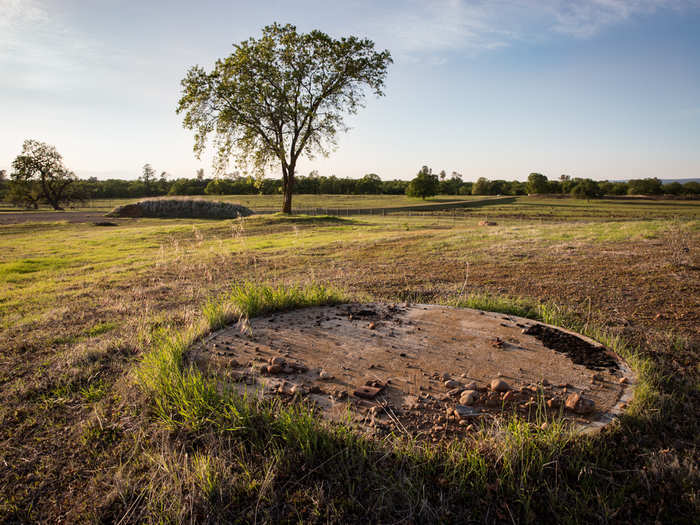
Reconstructing the base after the failed test cost $20 million ...
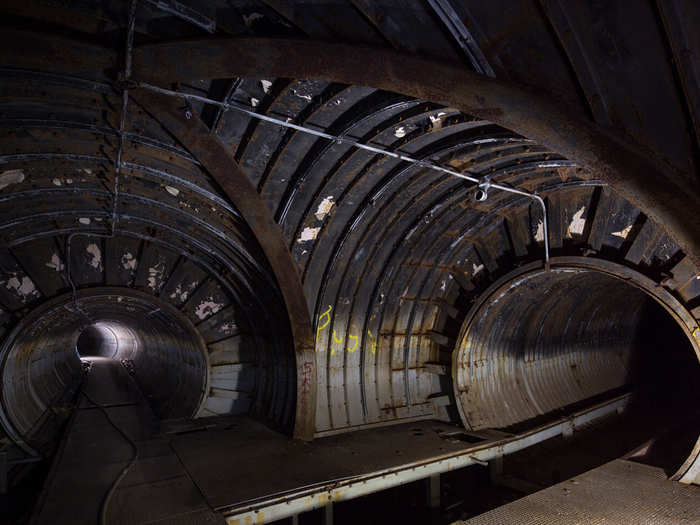
... but by that time, the Titan I was already being phased out to make room for its larger and more powerful successor, the Titan II. In 1965, Defense Secretary Robert McNamara ordered the Titan I's to be decommissioned and scrapped — only four years after their first flew.
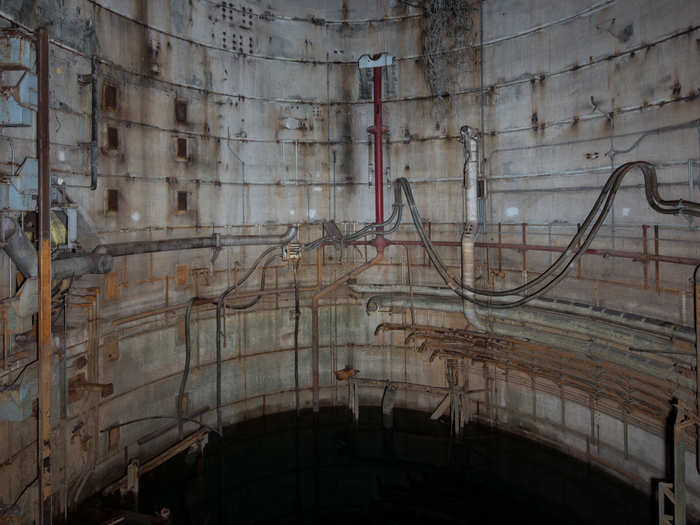
The missile bases and silos themselves are now privately owned and are in various states of decay.
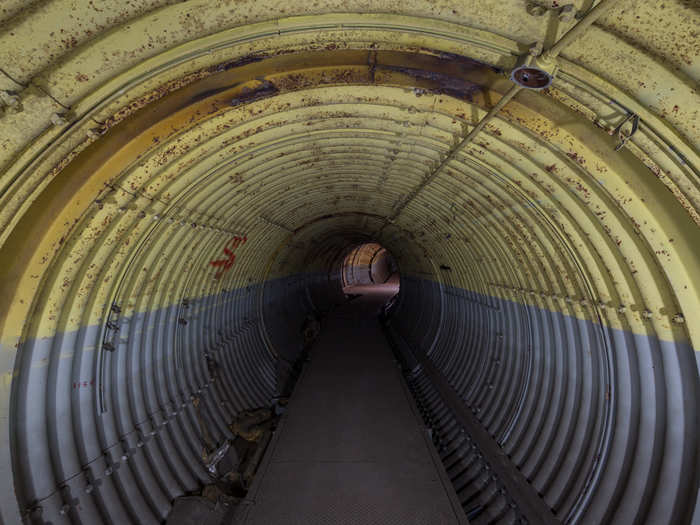
Want to see more relics from our military's past?
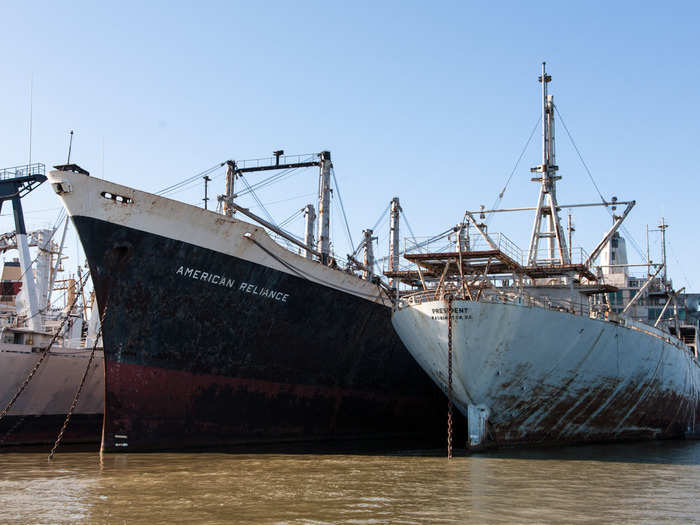
Popular Right Now
Advertisement